He added that the history of Iran’s visual arts dates back to many years ago which can be flourished once again, he added.
“We must remember that we are an ancient civilization and that art and culture have always played an impressive role in our lives. So we must not imitate the West and their art. If originality is treasured, we will gain positive results,” he noted.
Javadipur who was selected as one of the eternal figures at the Iran’s Fifth Eternal Figures Gathering recently held in Tehran, pointed to the fact that traditional paintings such as teahouse painting has not been taken seriously anymore, saying, “The teahouse painters did not have any academic courses, but were interested in their works. It was of great interest taken to the heart by people in the past. Unfortunately, there are only a few left to continue this art.
“I did not limit my works to any specific styles. I always thought that painting styles act like a cage which imprisons an artist within its frames and its must and must not. I think an artist can present successful works if he is free from any kind of styles in paintings. We must not forget that pure art is created in absolute freedom.
“Teaching art at universities has been regressing. This decline in art has misguided the students pushing them toward the Western modern art, and now we see many students follow the abstract style of paintings, and the exhibitions are void of any innovations, repeating the old styles again and again.
“An artist must convey a message in his works, a piece of art is everlasting when it carries a message inside, otherwise, it is not an artwork,” he further stated.
Pointing to modern art, he continued, “Although young artists are interested in it and welcome this style, but we must admit that Iranian art is closely meshed with our culture and tradition. An artist must first focus on his/her own art. In the past, the artists were not in close contact with one another, so their art was left intact, but in the world of today and with the development of technology, they are mixed and pure art is damaged.”
Javadipur, who owned the first gallery in the year 1948 in Tehran, continued that no organizations seriously welcomed visual arts those years, so he decided to establish the first gallery which was named Apadana. He collected all the artists and held many exhibitions and sessions on screening films of visual arts.
“There was no art of graphics in Iran in those years. I was teaching art at the Fine Arts Faculty of Tehran University and insisted on establishing the course of graphic art at the university which was fruitful, of course. Color print was not common in those years but I was one of those who made efforts in making use of color prints,” he underlined.
Javadipur was born in 1920 in Tehran. He studied painting at the Tehran University and later started to teach art. He was the representative of the then ministry of art and culture in the high council of stamp, representative of Fine Art Faculty in the Council of Standard Institute and the founder of the first art gallery.
He has held many exhibitions in Germany and the U.S. as well as the Tehran galleries of Reza Abbasi, Azin, Classic, Asar, Khiyal, Kamaleddin Behzad, and the National Museum of Iran.
RM/ML
End
MNA

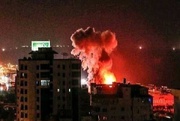
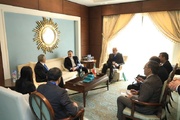



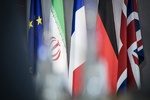
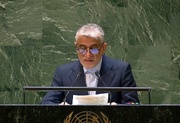
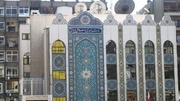
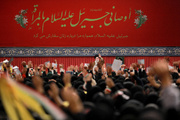
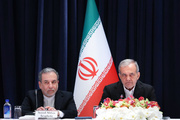





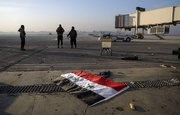

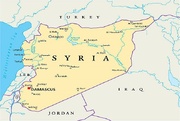
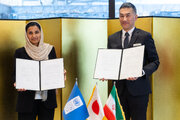
Your Comment